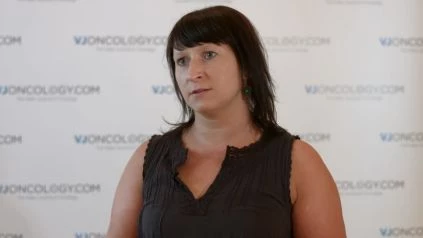Beate Lichtenberger, PhD of the Medical University of Vienna, Vienna, Austria, discusses the role of fibroblasts in cutaneous carcionogenesis. Dr Lichtenberger explains the recent discovery that skin fibroblasts are not a homogenous population but that there are in fact two lineages that develop during embryogenesis, which have distinct functions during homeostasis and during regeneration. For example, the upper lineage, found in the upper dermis, is important for hair follicle development. The second lineage comprises mainly of reticular fibroblasts, producing the bulk of collagen and extracellular matrix; these are very important in the first phase of wound healing, and because the second fibroblast lineage diminishes with age, this is why scab formation occurs in adults after skin injury. Dr Lichtenberger explains that the reason why scientists think that such fibroblasts may play different roles in cancer, is due to the fact that they have these distinct functions in skin regeneration and homeostasis. A study has been done, activating the Wnt/?-catenin signalling pathway in epidermal cells. This pathway is often very overexpressed and over-regulated in different types of cancers. They showed that epidermal cells with this mutation produce a plethora of growth factors, which modulate the microenvironment, and the fibroblasts respond in a distinct matter.
Now, the main excitement lies with the hope of finding out how mutated epidermal cells or melanoma cells are able to communicate with the fibroblasts in order to find and develop new therapies.
Recorded at the 2016 World Congress on Cancers of the Skin (WCCS) and the Congress of the European Association of Dermato-Oncology (EADO) in Vienna, Austria.
Advertisement

